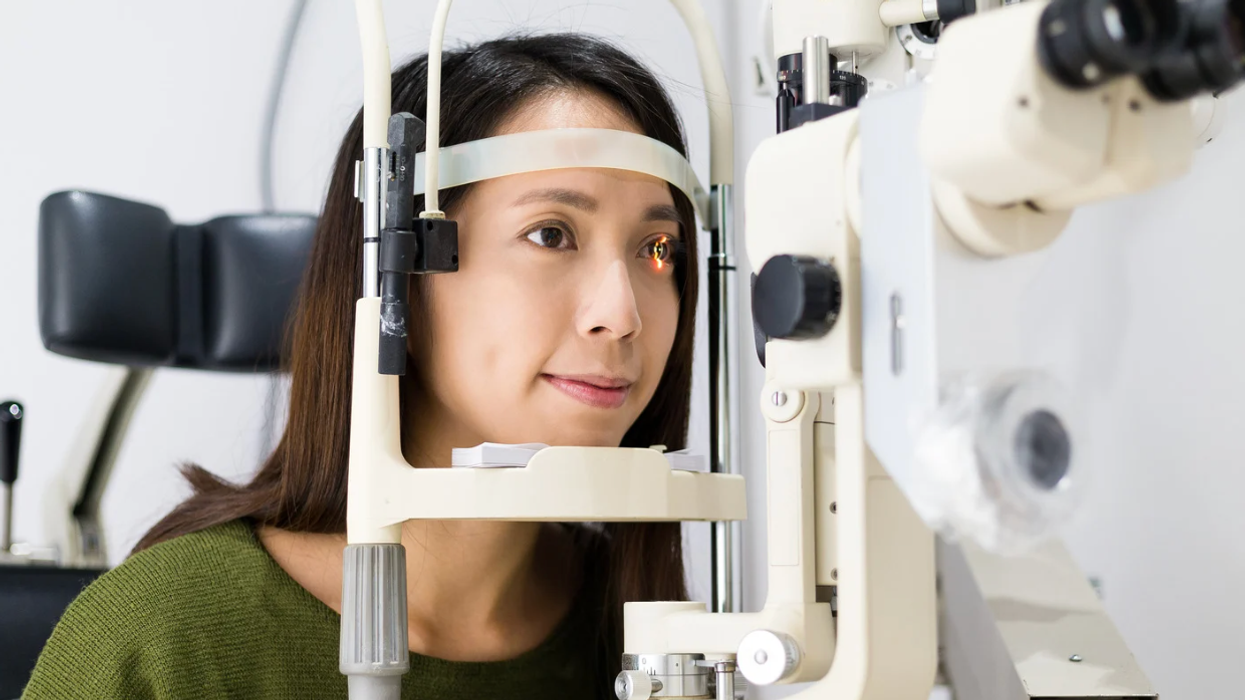This article originally appeared on Common Dreams. You can read it here.
Cellphone data provided to The Guardian by advocacy group Committee to Protect Medicare shows that the right-wing anti-lockdown protests encouraged by President Donald Trump may have resulted in the spread of coronavirus across the country as some demonstrators traveled to the events from out of state, flouted social distancing guidelines, and then returned to their home communities.
The Guardian reported Monday that the data shows demonstrators, some of them heavily armed, "are often traveling hundreds of miles to events" protesting state stay-at-home orders designed to stem the spread of Covid-19, which has infected more than 1.4 million people in the U.S. and killed at least 89,000.
"The behavior we're seeing at protests carries a high risk of infection," said Dr. Rob Davidson, an emergency care physician and executive director of the Committee to Protect Medicare. Many demonstrators at events in Michigan, Wisconsin, and other states did not wear masks or adhere to Centers for Disease Control and Prevention guidelines, which recommend that people remain at least six feet apart and avoid gathering in crowds.
"We can see protesters are going from a highly concentrated event and then dispersing widely," Davidson said.
Scott Smith, founder of research firm Changeist, tweeted that the new data "may also indicate the extent to which these were organized astroturf protests, based on the distance people are traveling and common appearances at different events."
The anonymized location data was captured from opt-in cellphone apps, and data scientists at the firm VoteMap used it to determine the movements of devices present at protests in late April and early May in five states: Michigan, Wisconsin, Illinois, Colorado, and Florida.
They then created visualizations that tracked the movements of those devices up to 48 hours after the conclusion of protests. The visualizations only show movements within states, due to the queries analysts made in creating them. But the data scientist Jeremy Fair, executive-vice president of VoteMap, says that many of the devices that are seen to reach state borders are seen to continue across them in the underlying raw data.
One visualization shows that in Lansing, Michigan, after a 30 April protest in which armed protesters stormed the capitol building and state police were forced to physically block access to Governor Gretchen Whitmer, devices which had been present at the protest site can be seen returning to all parts of the state, from Detroit to remote towns in the state's north.
One device visible in the data traveled to and from Afton, which is over 180 miles from the capital. Others reached, and some crossed, the Indiana border.
Trump on Saturday echoed his previous endorsements of the anti-lockdown protests, calling demonstrators in Long Island, New York who berated a local news reporter walking through the crowd as "great people."
Public health experts have warned that the demonstrations, which in some cases have drawn thousands of people, could spark a completely avoidable wave of coronavirus infections and deaths around the nation.
"You may be willing to risk your life and say 'I think I'm a tough person, I can take it,'" Maureen Casey, a registered nurse at Hershey Medical Center in Hershey, Pennsylvania, told ABC News. "But it's not about you, it's about who you would expose for you to go to work. These people think it's a hoax or it's fake, or it's all made up. It's not."
Michigan Gov. Gretchen Whitmer, a Democrat whose state has seen several large protests—including one in which armed demonstrators stormed the Michigan State House—urged Vice President Mike Pence in a call this month to discourage the anti-lockdown events because they are spreading coronavirus around the state.
"What we have seen from initial protests here is that we've got Covid-19 spreading in rural parts of our state, from which people traveled," Whitmer told Pence, according to audio of the call obtained by ABC News.
















 Mushrooms containing psilocybin.Photo credit:
Mushrooms containing psilocybin.Photo credit:  Woman undergoing cancer treatments looks out the window.Photo credit:
Woman undergoing cancer treatments looks out the window.Photo credit:  Friend and patient on a walk.Photo credit:
Friend and patient on a walk.Photo credit: 





